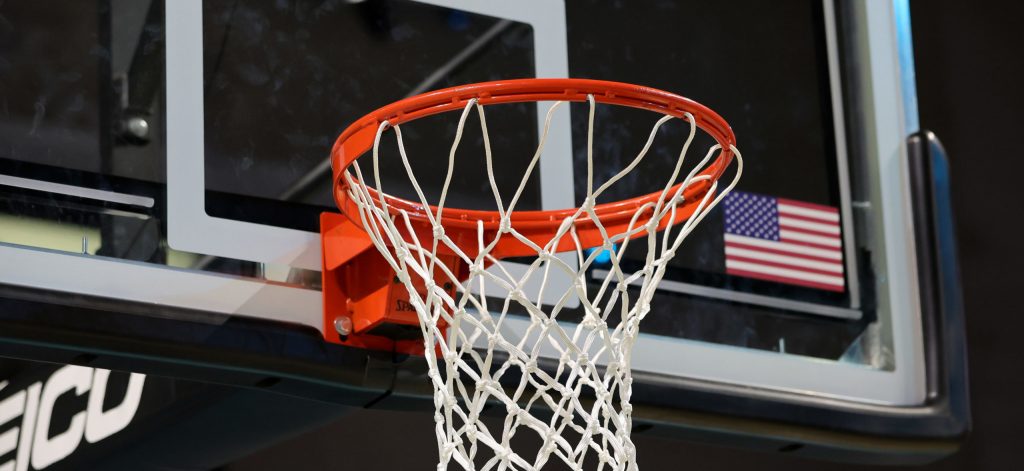FIBA Vs NBA: What’s The Difference Between The Rules?
While there are numerous similarities between the NBA and FIBA rules, there are also many distinctions that result in quite different experiences. As the FIBA World Cup draws near the end of the month, let’s examine the key distinctions between FIBA and NBA regulations.
FIBA Vs NBA: What’s The Difference Between The Rules?
The competition this year will only have 32 teams and be the first to have several host locations (Indonesia, Japan, and the Philippines). We’ll examine the FIBA regulations and how they differ from the NBA’s, as there will undoubtedly be a lot of activity during the upcoming basketball month, especially with so many different countries involved.
There are many players from a wide variety of backgrounds participating in the FIBA Basketball World Cup because so many different nations are represented. This is particularly true when it comes to the regulations that the players are accustomed to playing under. As a result, FIBA has its own set of standard regulations and differs from the NBA in a few significant (and minor) ways.
NBA guarding rules are different than FIBA.
We’ll use the baseline replay angle to show why this is a clear Blocking Foul on Wade, per NBA Rules.
1) Wade is clearly not in the path of Embid upon contact. He’s to the side of Embid, so he’s not in LGP, and does not beat Embid to… pic.twitter.com/GnlYQzSw2W— Chip Clark (@OfficialChipC) November 22, 2023
First off, the NBA and FIBA have different playing court sizes. FIBA courts are 15 meters (49.2 feet) wide and 28 meters (91.9 feet) long, making them somewhat smaller. The dimensions of an NBA court are 50 feet wide by 94 feet long. The game’s tempo and player placement may be impacted by this variance in court size. The NBA uses courts that measure 28.65 meters by 15.24 meters, but FIBA specifies 28 meters by 15 meters for its courts. It’s not a huge change, but players have less room to manoeuvre on the smaller court.
Second, there is a difference in the length of games between the two leagues. FIBA games last 40 minutes altogether, divided into four quarters, each lasting 10 minutes. NBA games, on the other hand, last 48 minutes and are divided into four quarters, each lasting 12 minutes. The length of the game can affect player substitutions, team tactics, and the intensity of the match overall.
Is this a Travel or Not according to NBA/FIBA rules? What player(s) could you see using this concept? Would it work in the PROPER SITUATION in game? 🤔 #TheMDWWay #Attention2Detail🔎 pic.twitter.com/2Z1mOWW9jM
— Milton Chavis (@mdwbasketball) November 16, 2023
The length of each game is one of the largest changes for players who come from FIBA competition to the NBA. There are four 10-minute quarters in FIBA standards, as opposed to four 12-minute quarters under NBA regulations.
NBA games feature eight extra minutes, which puts an even greater focus on conditioning and provides a refreshing change of pace.
The shot clock time is another important difference. Teams have 24 seconds in FIBA to try a shot; in the NBA, that time is marginally reduced to 14. Due of this difference, the two leagues may employ distinct offensive and pace schemes, with NBA teams having to make choices more quickly.
NBA needs to fire every single ref, adopt FIBA rules and hire refs from overseas https://t.co/PtrtQJEx2K
— TShelt (@TylerShelt) November 22, 2023
There are also specific rules governing free throws and fouls. NBA players are limited to six personal fouls; FIBA players are permitted five before being removed from the game. There are also differences in the free throw regulations between FIBA and NBA. FIBA awards two free throws following the opponent’s fifth team foul in each quarter, whereas the NBA offers two free throws following the opponent’s fourth team foul.
The 3-point line is situated differently under FIBA and NBA regulations; under FIBA, it is 6.75 meters off the baseline, while under NBA rules, it is 7.24 meters. Every millimetre counts, even if the difference might not seem like much—as Kevin Durant’s legendary two-pointer from years ago demonstrated.
lessgo #nba #lba #fiba #espn #basket pic.twitter.com/ElsGJfw5Qm
— Leonardo De Matteis 77🌊 (@easydemadunk) November 16, 2023
The goalie rules also differ. Regardless of the ball’s trajectory, it is considered life in FIBA until it reaches the rim and can be played by any player. Goaltending is not allowed in the NBA, though, as a player cannot impede a shot once it is headed toward the rim. The timing of shot attempts and defensive tactics can be greatly impacted by this disparity.
These variances—which range from shot clock timing, foul limits, and goalie laws to court size and game length—contribute to the distinctive playing styles and tactics found in each league. These variations in rules serve as a helpful reminder of the dynamic character of basketball and the range of strategies it can support, as the sport continues to win over hearts throughout the globe.
Can't explain it but the Magic do not play "NBA" basketball… More like Euro/FIBA. They are entertaining to watch. https://t.co/Peod6z2ZKH
— KAYP (@ndi_Kayp) November 23, 2023
NBA players must adapt to the new rules, but they are not significant enough to stop Team USA from starting as the clear favorite for the 2023 FIBA Basketball World Cup.
FOR MORE SPORTS COVERAGE-


